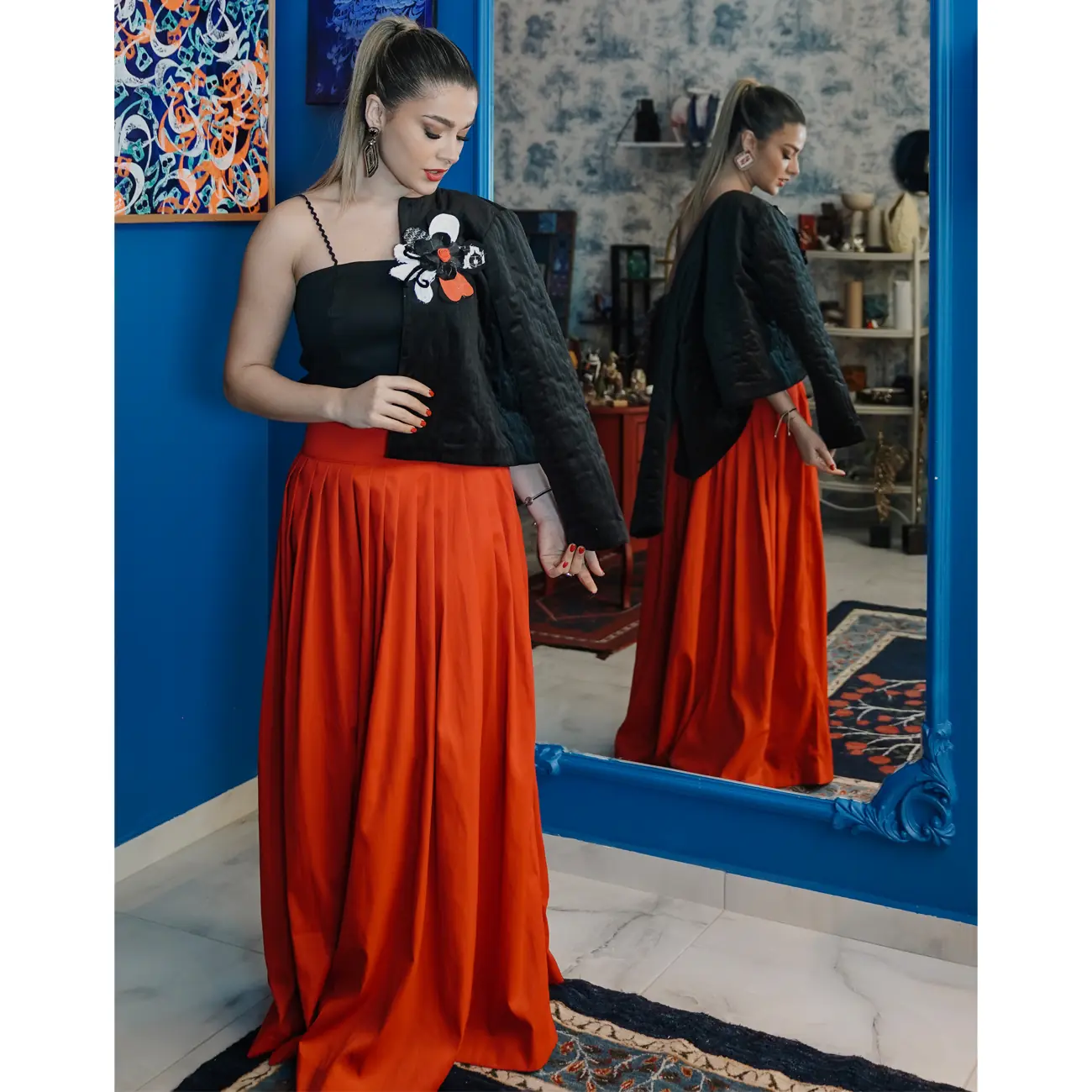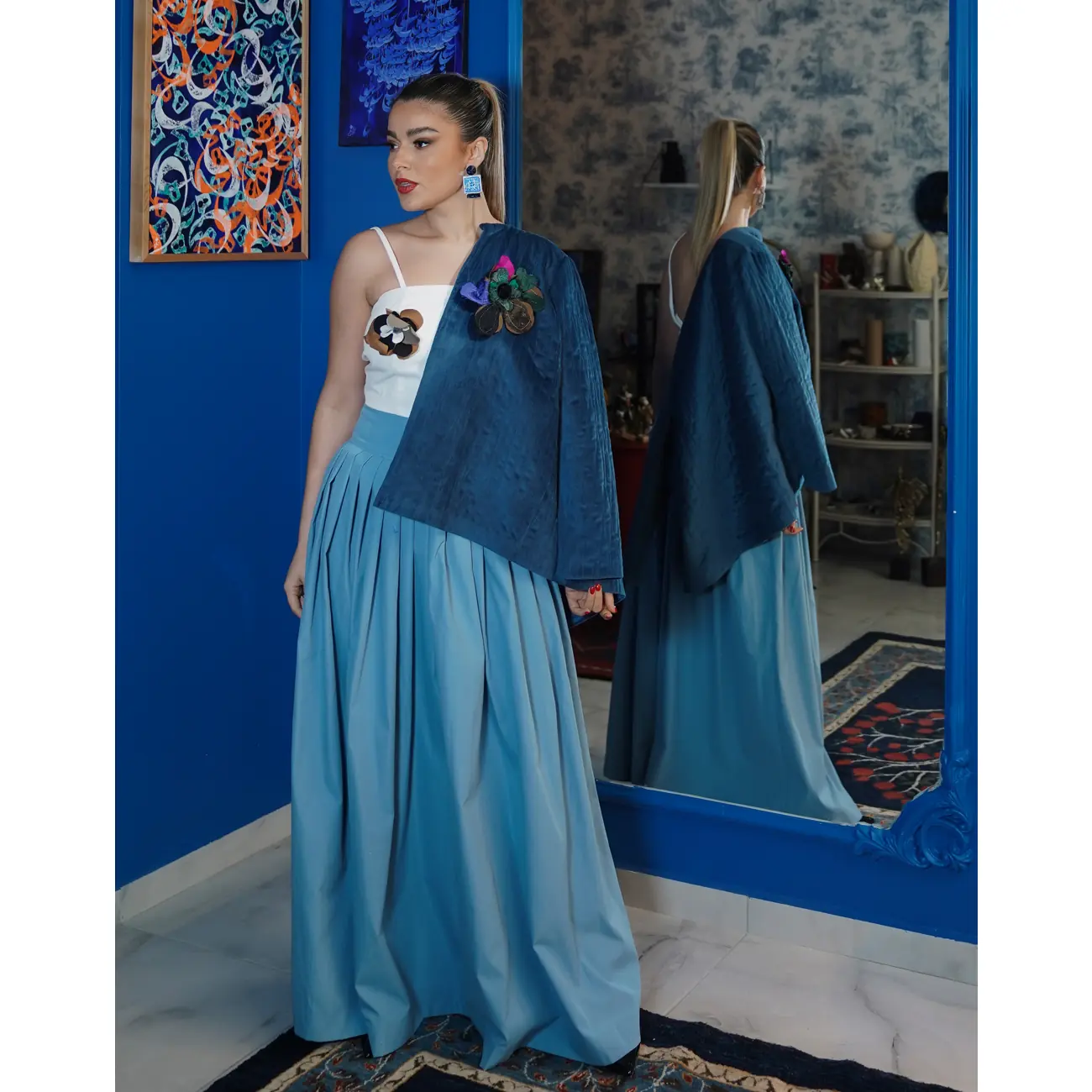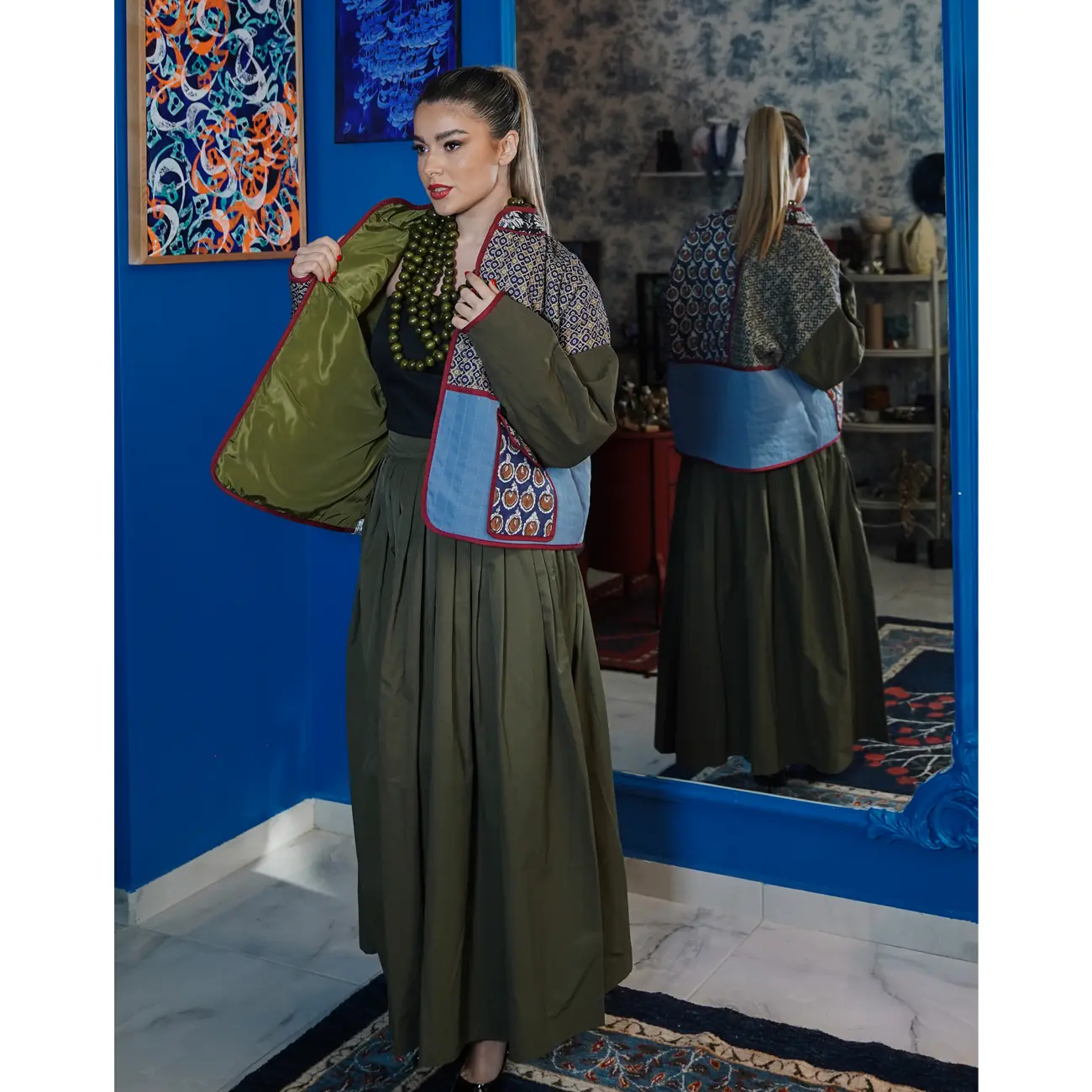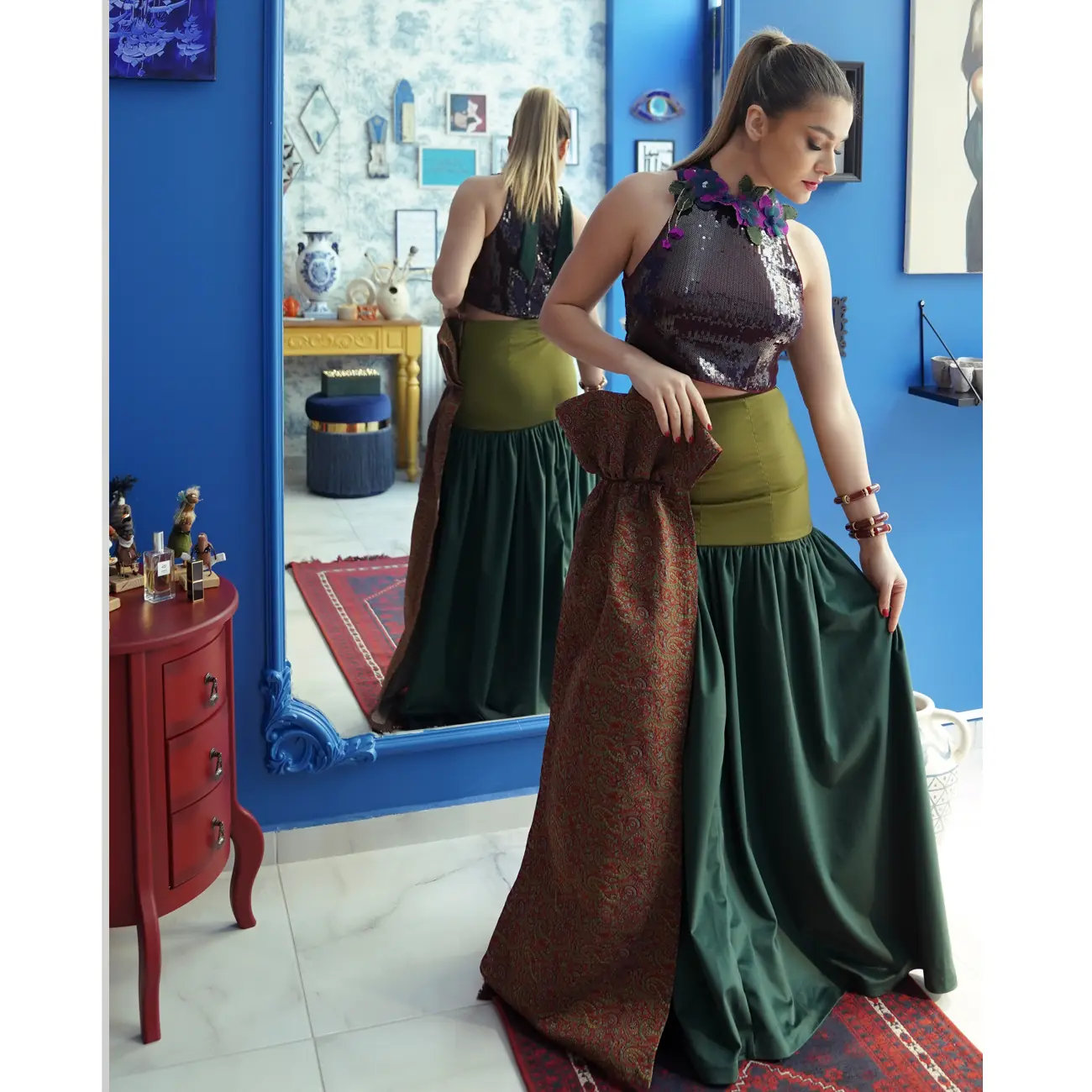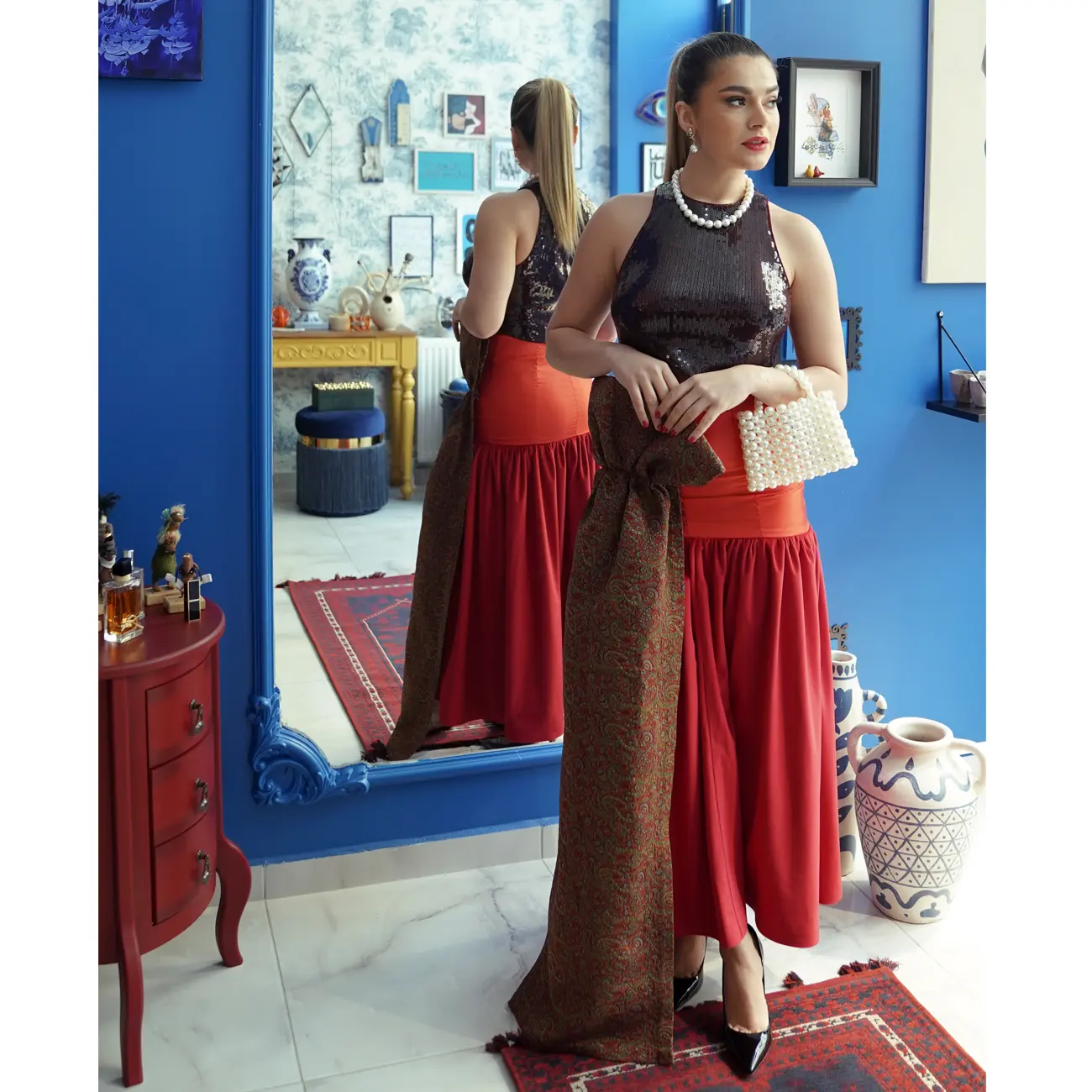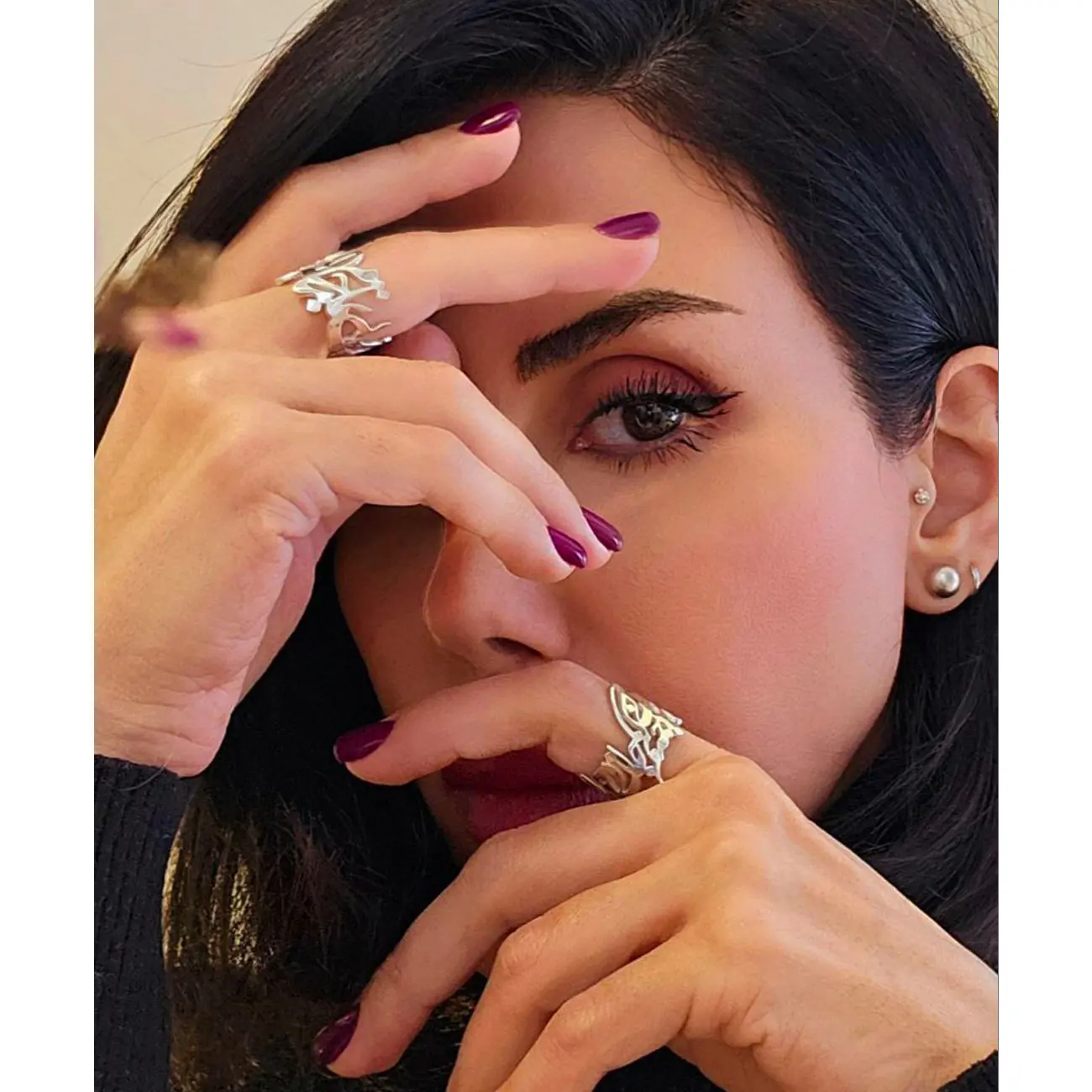.webp)
The Art of Floral Painting
The Art of Floral Painting: A Celebration of Craftsmanship and Creativity
The image you’re observing captures the very essence of artistry—an intimate moment where creativity and skill intertwine. In a softly lit environment, a pair of hands deftly holds a fine brush, poised over a painted surface adorned with delicate flowers. The choice of subject and the intricate execution reveal much about the artist’s dedication to their craft and the narrative they wish to convey.
#### The Artist's Hands
The hands in this artwork are not just tools for painting; they embody years of experience and a lifetime of stories. The texture of the skin, with its subtle lines and wrinkles, indicates a seasoned artist who has spent countless hours honing their craft. Each crease tells a story—of passion, struggle, and mastery of the medium.
- **Tactile Engagement:**
The artist’s grip on the brush reflects a profound understanding of the materials they are working with. The precise handling suggests a connection between the artist and their craft, where every stroke, every detail matters. This tactile engagement indicates a deep-rooted respect for the art form, highlighting the importance of feeling the paint, understanding its flow, and knowing how to manipulate it to achieve the desired effect.
- **Creativity in Motion:**
As the brush glides smoothly across the canvas, it captures not just color but the very essence of creativity. The deliberate movements of the hands translate into bursts of inspiration, transforming a blank space into a vibrant depiction of nature’s beauty. This act of creation is not merely technical but deeply emotional, as the artist pours their heart and soul into each stroke.
#### The Floral Subject
The focal point of the painting consists of an array of flowers, carefully crafted to capture their natural beauty. The variety in color and form showcases the artist's keen eye for detail and their understanding of botanical aesthetics.
- **Color Palette:**
The flowers are rendered in a rich color palette that includes bright whites, warm yellows, deep oranges, and soft reds. Each color harmonizes with the others, creating visual interest and dynamic contrast against the deep blue background. The choice of colors evokes feelings of warmth, joy, and vitality, mirroring the liveliness of flowers in nature. The white flowers stand out with purity and elegance, while the vibrant oranges and reds inject energy into the composition.
- **Symbolism of Flowers:**
Flowers have long been symbols of various meanings across cultures. They can represent love, beauty, transience, and the cycle of life. By selecting specific types of flowers, the artist may intend to convey particular messages. For example, white flowers often symbolize purity, while vibrant reds can signify passion and strength. Through their artistry, the painter may be tapping into these universal meanings, inviting viewers to reflect on their own interpretations of the blooms depicted.
- **Attention to Detail:**
Each flower is meticulously crafted, showcasing the artist's attention to detail. Petals are layered and shaded, creating a sense of depth and realism. The artist’s technique—whether it involves blending colors or utilizing fine lines for definition—demonstrates a mastery of painting that allows the flowers to seem as if they are almost alive. The careful detailing reinforces the idea that art can transform simple subjects into extraordinary expressions of beauty.
#### The Background and Its Significance
The blue background plays a critical role in the overall composition, providing a canvas that enhances the vibrancy of the flowers.
- **Color Contrast:**
The choice of deep blue acts not only as a contrasting element but also as a unifying backdrop for the colorful blooms. Blue often symbolizes calmness and serenity, creating a soothing atmosphere that complements the lively colors of the flowers. This thoughtful juxtaposition allows the floral subjects to shine even more brightly, drawing the viewer’s eye directly to the intricate details.
- **Emotional Resonance:**
The darker hues of the background also evoke a sense of depth and introspection. This could suggest that beauty often exists against a backdrop of challenges, much like the flowers that thrive despite harsh environmental conditions. The juxtaposition invites viewers to reflect on their own experiences—how beauty can emerge even in the darkest of times.
#### The Artistic Process
The act of painting is often as significant as the final product itself. Each brushstroke is a testament to the artist’s journey, revealing layers of thought, emotion, and technique.
- **Preparation and Inspiration:**
Before the artist even begins to paint, there is a process of preparation and inspiration. This may include gathering reference materials, observing flowers in nature, or sketching preliminary designs. Inspiration can strike from various sources—a walk through a garden, a memory, or even a color that resonates with them deeply. This initial phase sets the foundation for what is to come.
- **Tools of the Trade:**
The choice of tools—the brush, the type of paint, and the surface being painted on—also plays a crucial role. The artist




